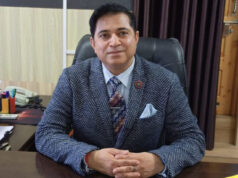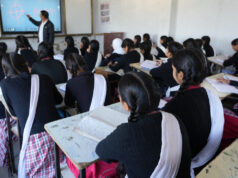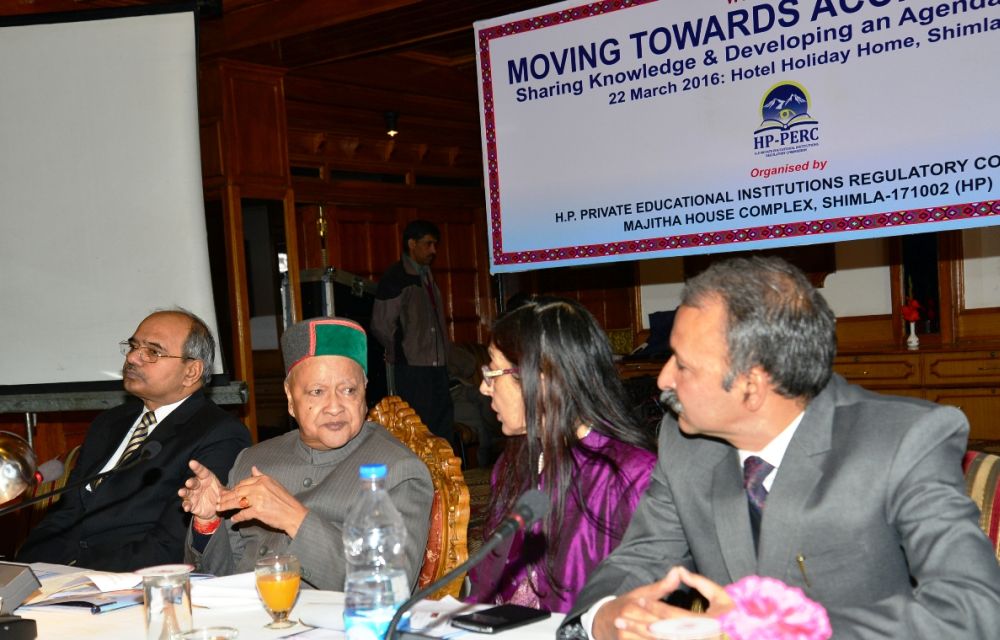The Himachal Pradesh School Education Board has announced a revamped pattern for the annual board examinations to be held in March 2025. Under this new system, students will face a balanced set of easy, general, and difficult questions across various classes. This pattern is aimed at better preparing students for competitive exams after their school education.
In the upcoming exams, 40 percent of the questions will be easy, 35 percent of a general level, and 25 percent will be difficult. Students will encounter 32 marks worth of easy questions, 28 marks of general-level questions, and 20 marks of difficult ones, making the examination more structured and predictable. The changes will apply to classes 3rd, 5th, 8th, 9th, 10th, 11th, and 12th.
To assist students and teachers in adapting to the new pattern, model papers and the updated marking scheme have been uploaded on the board’s website, providing class-wise and subject-wise distribution of questions and marks. “The main objective of this change is to help students of the education board excel in competitive examinations,” said Dr. Major Vishal Sharma, Secretary of the School Education Board.
The detailed breakdown includes various types of questions:
- 16 one-mark questions, of which nine will be easy, four general, and three difficult.
- Nine two-mark questions, with five easy, two general, and two difficult.
- Six three-mark questions, divided into three easy, two general, and one difficult.
- Three four-mark questions, consisting of one easy and two general.
- Two five-mark questions, both categorized as difficult.
- One six-mark question from the general category.
Additionally, OMR sheets will be provided for multiple-choice questions (MCQs), making the evaluation process more precise and efficient. The new approach is expected to benefit students by offering a more balanced exam structure, with an emphasis on making the transition from school exams to competitive exams smoother.
These changes come as a part of ongoing efforts by the education board to modernize assessment methods using modern technology and phased marking schemes. Teachers and students are encouraged to utilize the model papers available online to become familiar with the new format before the 2025 exams.








